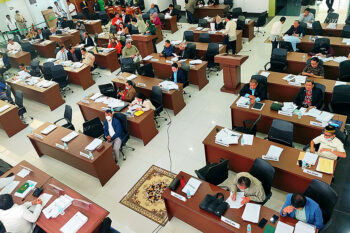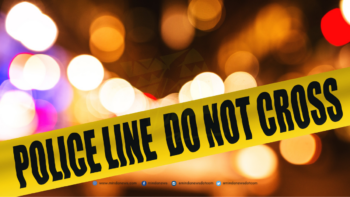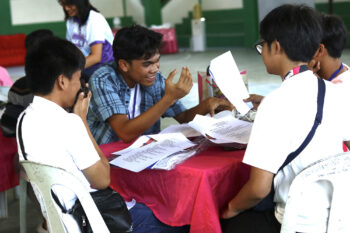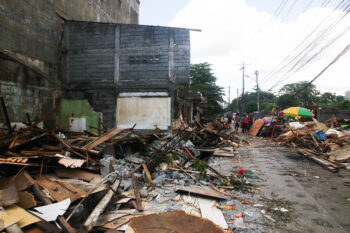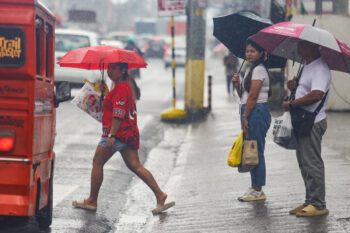
DAVAO CITY (MindaNews /11 Sept) — Where was I when 9/11 happened? School was over when the news broke that an airplane crashed into the World Trade Center in New York. There was an HQ where we hung out, and that’s where we watched the news on CNN. The sight of a building burning in smoke and later the replay of two planes hijacked by a group that crashed into the building was surreal. We were stunned to see the building crumbling down in smoke hours later. It was the first time for me and others to see something like that for real.
That coverage also pinned a Muslim named Bin Laden for the incident, and then footages of some armed training or something. Terrorism, and that stereotype of “Muslim extremism” altered our minds about many things.
Internet was still at 2.0 in 2001. Cable did had not mushroomed into hundreds of channels. But by then, the news and narratives were about the West fighting the terror from the Middle East. But what did we know at that time? Indeed, movies such as True Lies already showed that extremism was the bad guy.
At that time, working with peace advocates and writing news, we listened to the Moro people talk about their desire for peace, their legitimate struggle for autonomy. I wondered what this stereotyping of Muslims would bring.
In the next few years, we saw what it did. Mindanao was declared the ‘second front’ on the War on Terror. Davao airport (the old one in Sasa) and Sasa Wharf were bombed in 2003. I lost a schoolmate in that airport bombing. Thirty more bombings happened all over Mindanao in the next two years, in markets, malls and transport terminals. Moro people were the usual suspects. But those they arrested were released, not one was convicted.
Later an American pastor’s wife, Gracia Burnham, in her book about being abducted by the Abu Sayyaf Group exposed the collusion between state and their captors. The public became critical of this narrative.
The next few years we read of Balikatan exercises in Mindanao, and along with them stories such as an elderly Moro woman dying of a heart attack when she saw a helicopter landing on her village. But there are far worse incidents, the rape of Nicole and the murder of transgender Jennifer Laude in Subic Bay in Luzon.
During those years, church leaders reached out to Moro scholars and religious leaders for dialogue, seeking to find the common strands of injustice shared between Moro, Lumad and Bisaya settlers in Mindanao, the historical injustices in Mindanao that administrations have yet to fully correct.
Along those years, we also saw movies such as Jarhead, Hurt Locker, American Sniper and the documentary Fahrenheit 9-11 that try to make sense of the US occupation in Afghanistan and Iraq, but at what cost on the psyche of the American man?
Bin Laden was killed in 2011. After his Al Qaeda, another group, ISIS, took the spotlight in the war on terror. Marawi happened in 2017, and the government blamed an ‘ISIS-inspired group’ of some 20 or so fighters, that left 300,000 Meranaw people homeless in 2017 over a war to save Marawi.
It seems this narrative shows how far we have come from 9/11. A war in the Middle East that has repercussions on how we view our Muslim neighbors in Mindanao. And now Taliban is back in power in Afghanistan. What lessons did we learn from the global and local stage?
What peace or whose peace are we talking about?
(MindaViews is the opinion section of MindaNews. Tyrone A. Velez is a freelance journalist and writer)


